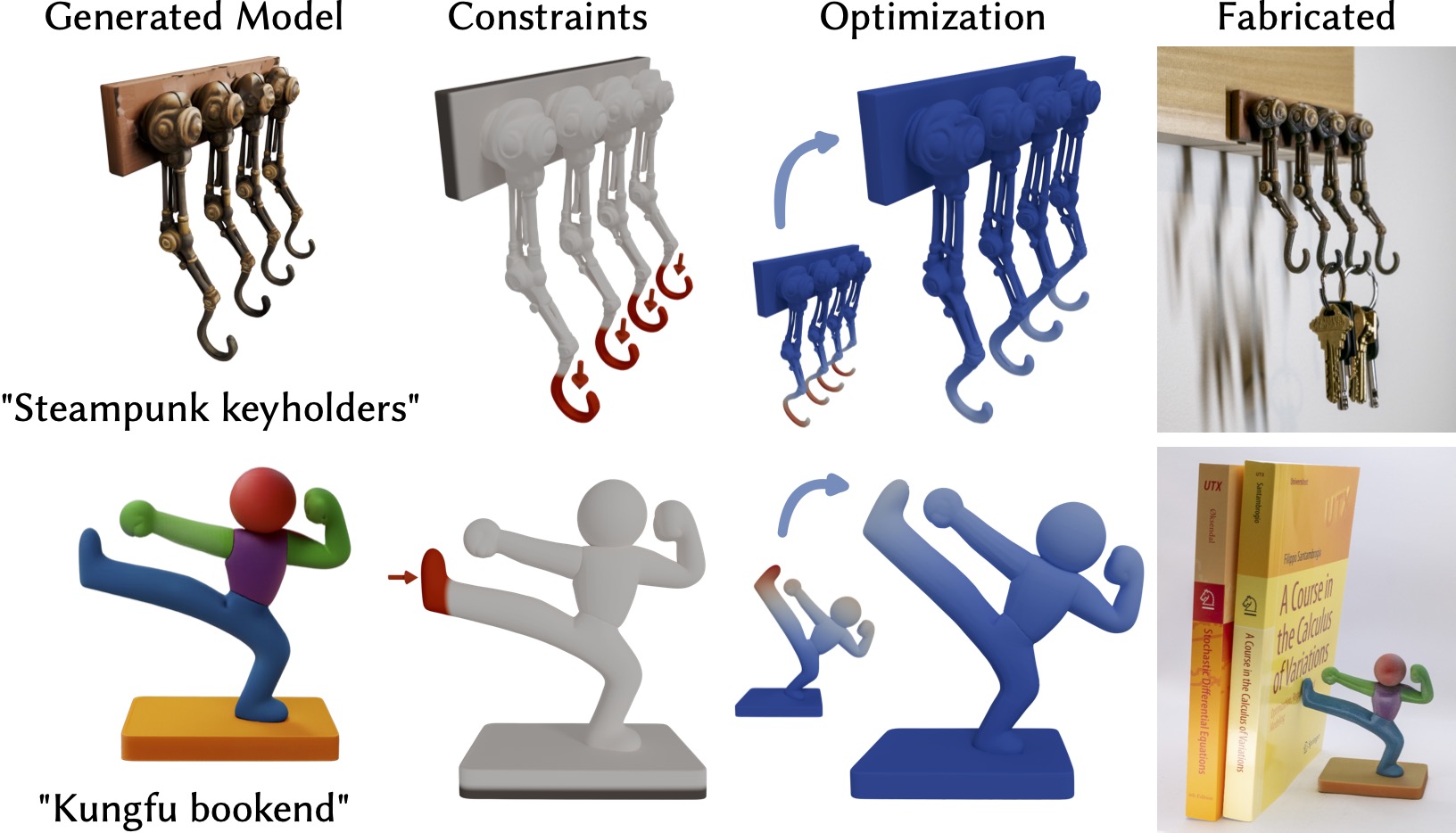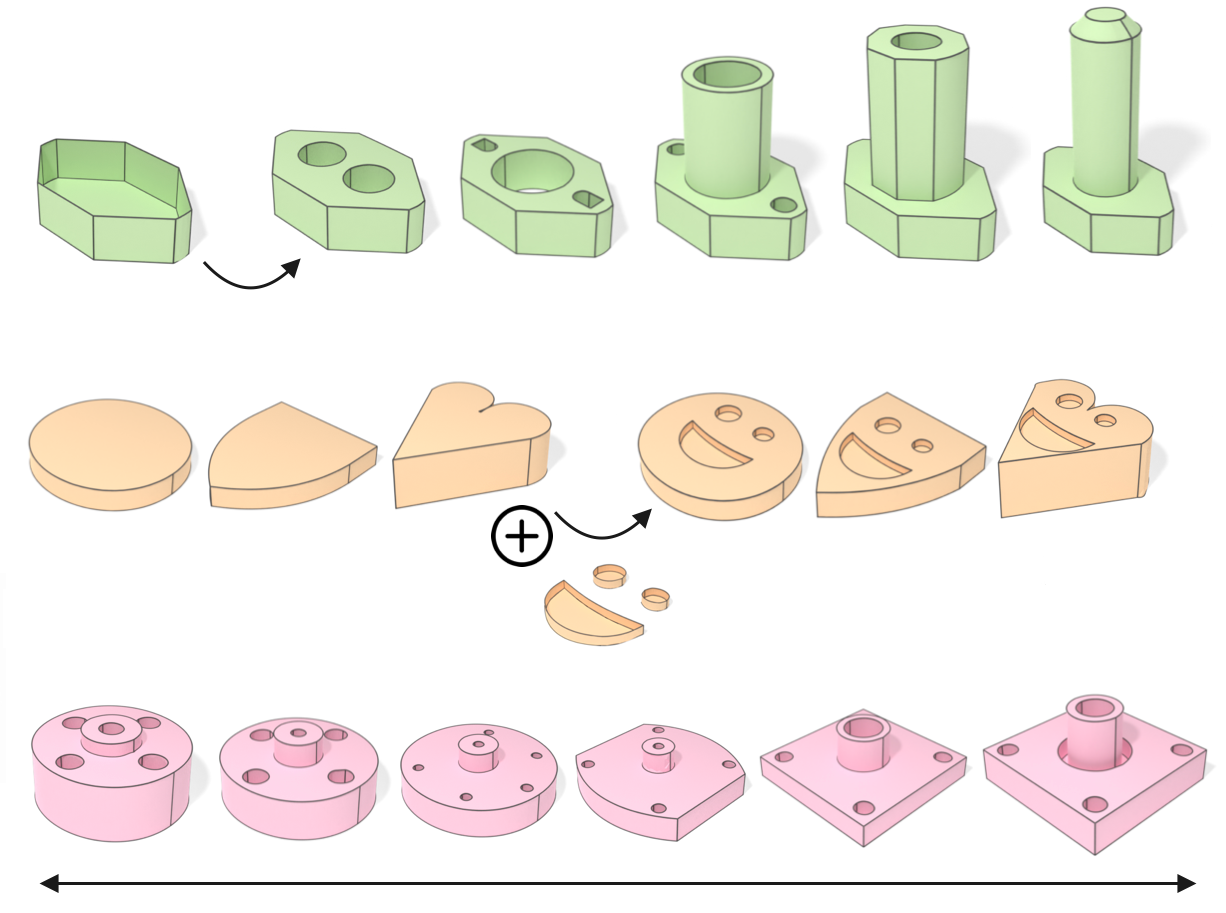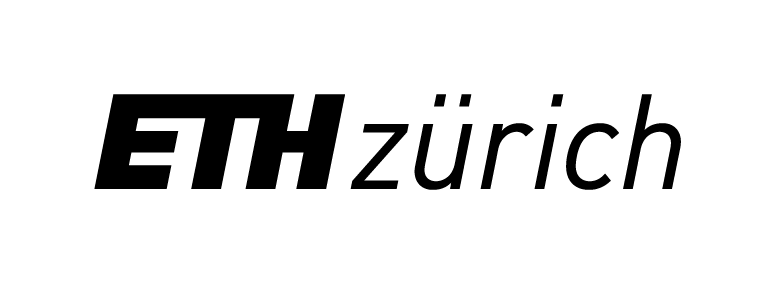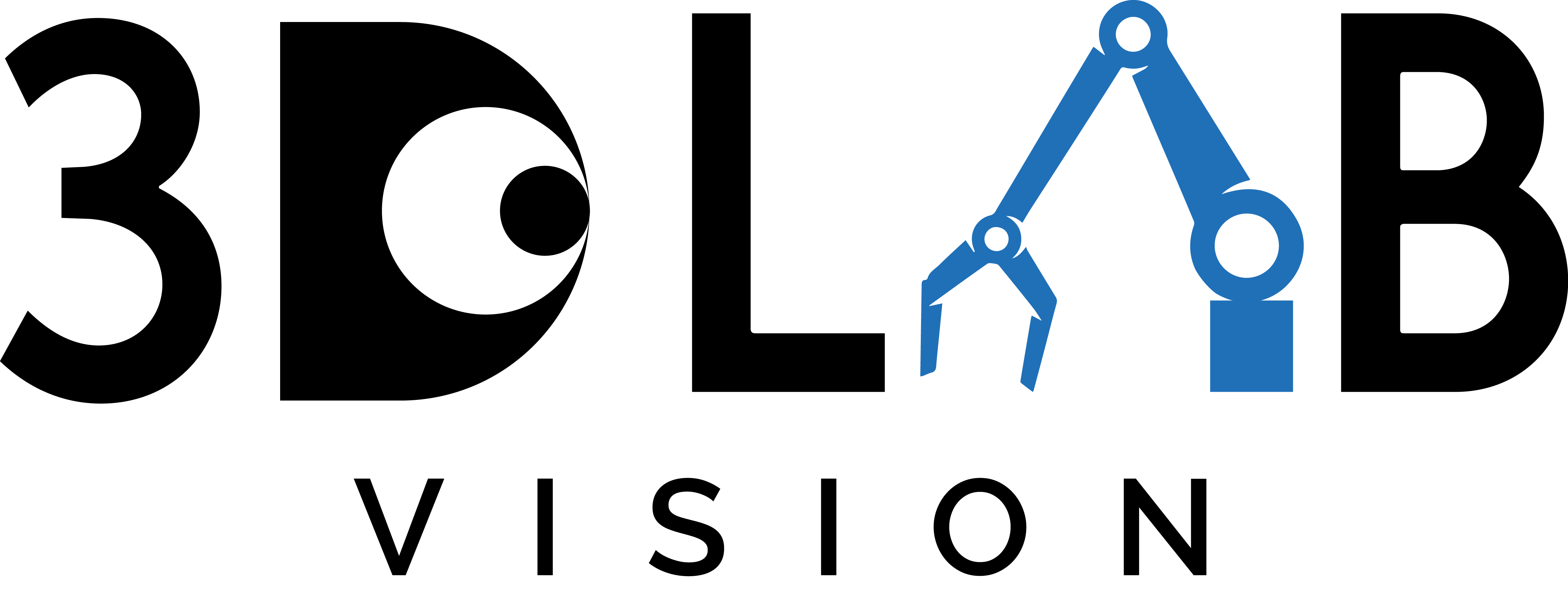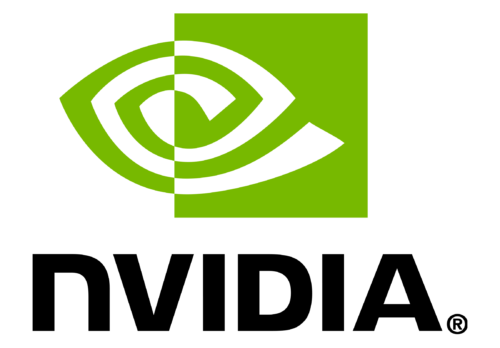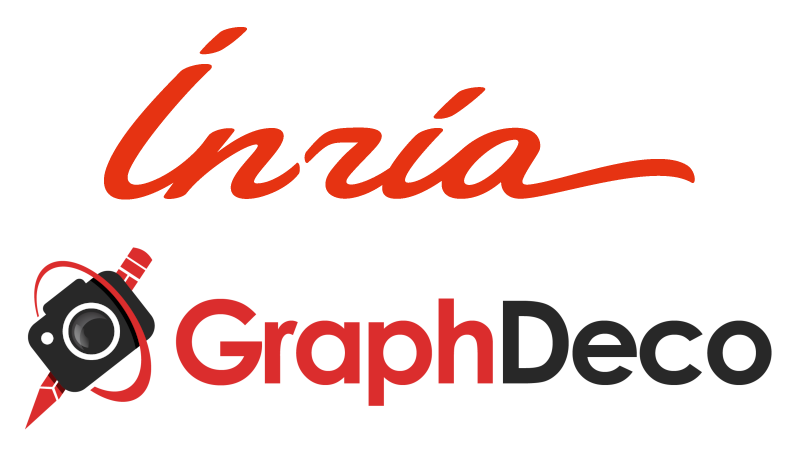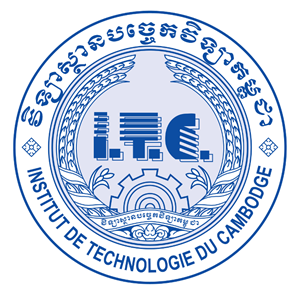Publications
PhysiOpt: Physics-Driven Shape Optimization for 3D
Generative Models (SIGGRAPH Asia 2025)
Sean Zhan*,
Clément Jambon*,
Evan Thompson,
Kenney Ng,
Mina Konaković Luković, *equal
contribution
PhysiOpt is a differentiable physics optimizer that improves the physical integrity
of 3D
generative model outputs by operating directly in the latent space of shape priors. It
builds on FEM to incorporate user-specified loads and constraints while enabling fast and
semantic-preserving optimization to retain the creative capabilities of generative modeling.
Project page
|
Paper
|
Video
|
Code
BrepDiff: Single-stage B-rep Diffusion
Model (SIGGRAPH 2025)
Mingi Lee*,
Dongsu Zhang*,
Clément Jambon*,
Young Min Kim, *equal contribution
BrepDiff is a simple, single-stage diffusion model for generating Boundary Representations
(B-reps). It generates B-reps by denoising point-based face samples with a
dedicated noise schedule. Unlike multi-stage methods, BrepDiff enables intuitive, editable
geometry creation, including completion, merging, and interpolation, while achieving competitive
performance on unconditional generation.
Project page
|
Paper
|
Video
|
Code
NeRFshop: Interactive Editing of
Neural Radiance Fields (I3D 2023)
Clément Jambon,
Bernhard Kerbl,
Georgios Kopanas,
Stavros Diolatzis,
Thomas Leimkühler,
George Drettakis
NeRFshop is an end-to-end method that allows users to interactively select and
deform objects through cage-based transformations within NeRFs. Once complete, edits can be
collapsed and
saved as a portable NeRF representation through a distillation process.
Project page
|
Paper
|
Video
|
Talk
|
Slides
Neural Point
Catacaustics for Novel-View Synthesis of Reflections (SIGGRAPH Asia 2022)
Georgios Kopanas,
Thomas Leimkühler,
Gilles Reiner,
Clément Jambon,
George Drettakis
Neural Point Catacaustics is a new point-based representation that allows novel-view
synthesis of scenes with curved reflectors, from a set of casually-captured
input.
Project page
|
Paper
|
Video
